“The White Orc” was my main entry into the Crystal Brush competition this year, the one I spent by far the most time on.
Sometimes a miniature just goes right from the start, and this was one of those miniatures. I started the bust not long after taking a class with Alfonso Giraldes, and had a chance to watch him execute his style of sketching, and gradually turning the sketch into a finished painting. It was quite inspiring to watch, and I knew I wanted to have a go at it; this bust was the result.
I decided to paint the orc’s skin a light, neutral color that would be strongly influenced by his environment, and do a warm/cold ambiance. I really like complicated lighting situations, and study the way light is used in film in order to later recreate interesting situations with paint. Light neutral tones are perfect when you are playing with complicated lighting situations, since they will be most influenced by the light. I placed a strong white light almost directly overhead, with a warm ambiance from one side, and a cold ambiance on the other. The warm/cold contrast is extremely strong in the initial sketch. I eventually decided the contrast was too strong, and added more warmth to the cool side with some purple. The contrast is still quite apparent if you’re looking for it, but is now subtle enough that you might not notice it.
The shield was a lot of fun to paint, with all the battered wood texture. The freehand was one of the parts I struggled with a bit. I started out painting a bloody handprint, and it was just awful. I wasn’t the least bit happy with it, so started Googling alternative ideas for inspiration. Once I hit upon the idea of doing Celtic knot-work for the shield it all fell into place.
I like to get a lot of critiques on my miniatures, as other people often spot things I miss or have ideas I didn’t think of. One of the comments that kept coming up again and again in critiques was, the shield is too clean! So I kept dinging it up more and more. In the end, it ended up really with a really interesting weathered appearance.
It’s interesting to compare the initial face sketch with the finished product. I actually left a lot of the sketchiness in, especially in the cheeks. I tend to focus a lot more effort on areas that are meant to be focal points—the forehead, eyes, and mouth in this case—and leave things sketchier in areas which are less important. That may have been a mistake in retrospect, since I think it was one of the things the judges dinged me for, and may be part of why he finished just out of the medals. (My understanding is he finished 4th in his category.) I do plan to fix a few things that were bugging me in the photos (mostly where the neck meets the chest) and then enter him in another competition, so hopefully he’ll win some awards before too long. But in the end, I paint for me, not for the judges.
On a more positive note, he’s currently my top ranked model on CoolMiniOrNot, and even made the top 10 of the year as the score fluctuated between 9.5 and 9.6. That made me pretty happy.
The bust is by Hera Models, which has a fantastic little line of sci-fi and fantasy busts. They also make Abalam, which I painted last year. The miniature is now sold out; apparently it sold out in the last couple of weeks, after I presented my own version at Crystal Brush. I like to think I sold at least a few copies, wink.
Even though this bust is sold out, Hera’s “academic orc” bust is still available, and is a modified version of the same bust, without the armor. I can definitely recommend it, as the face is extremely well sculpted and a joy to paint.
Voting links, for those so inclined:
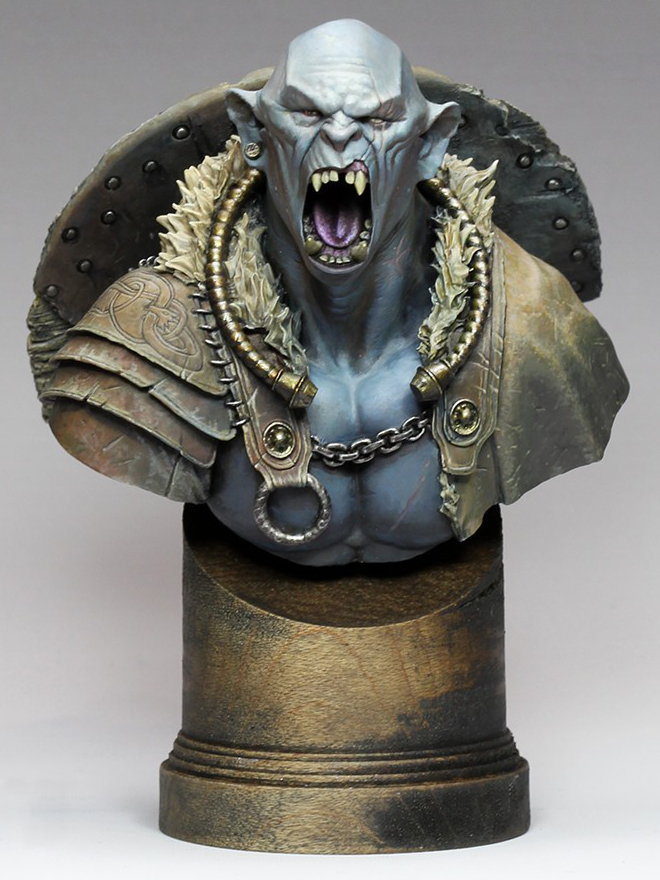
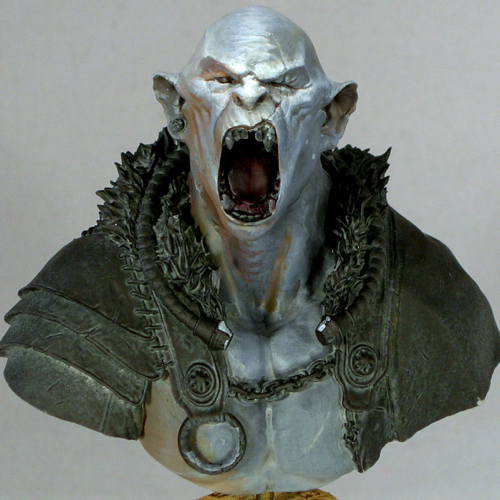

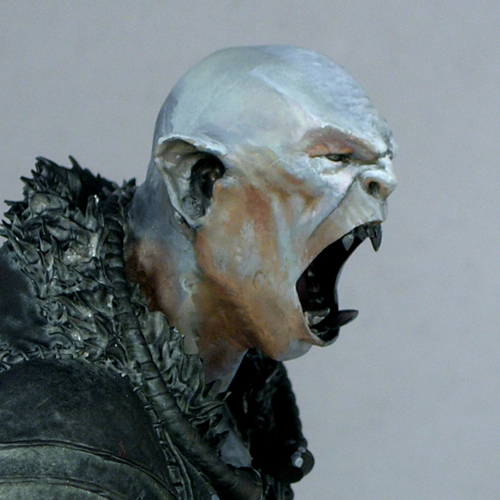
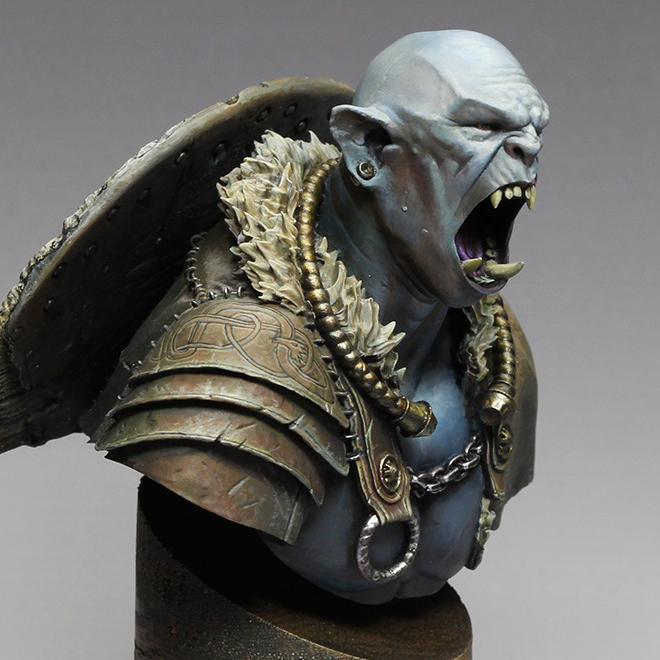
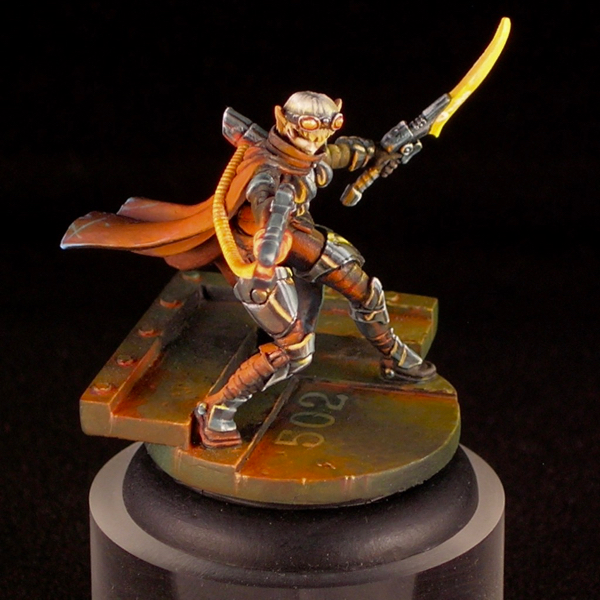
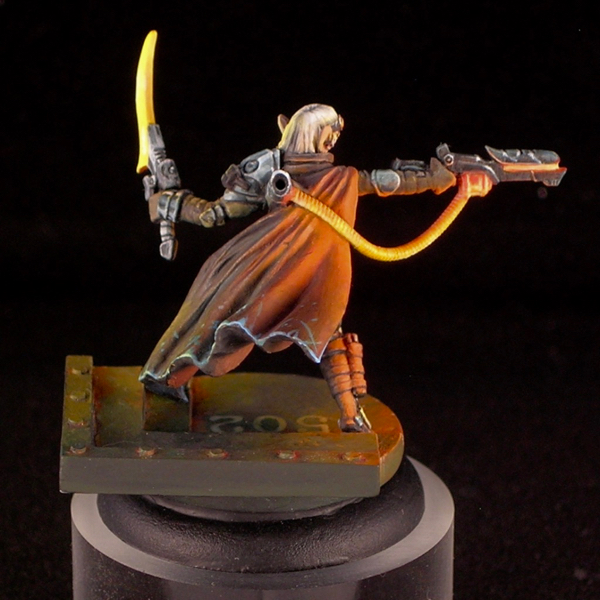
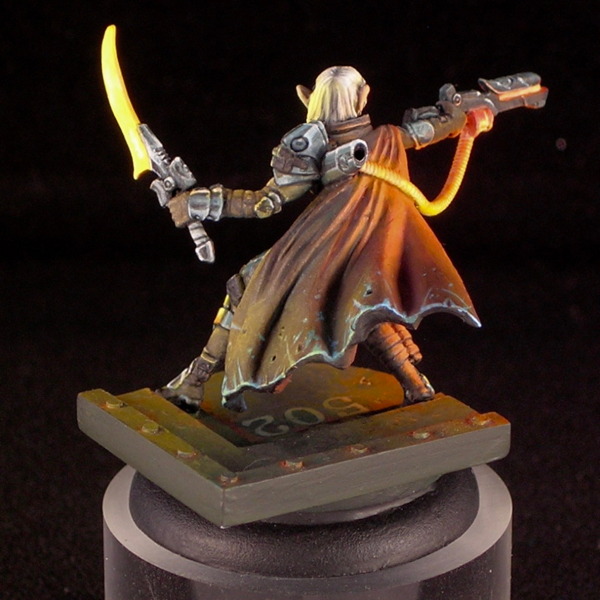
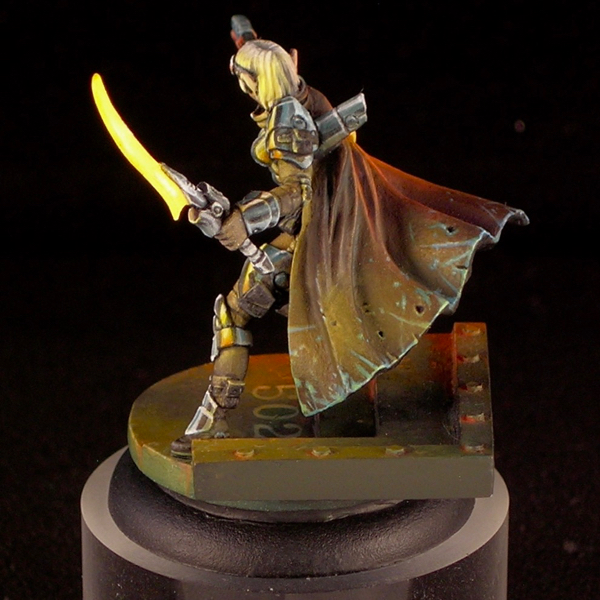
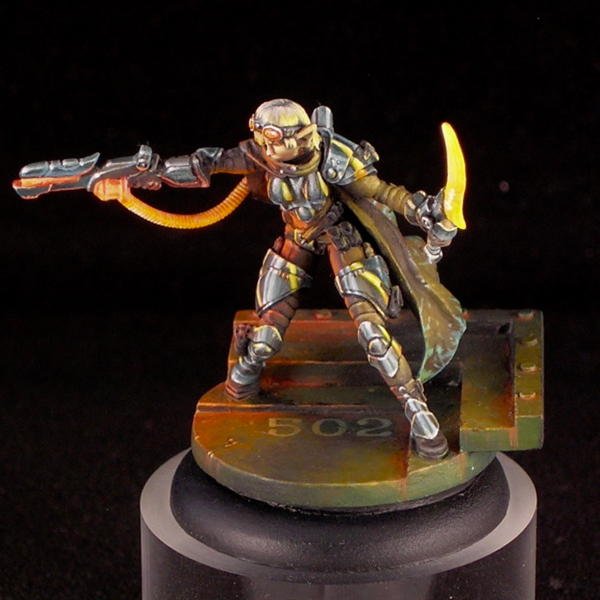
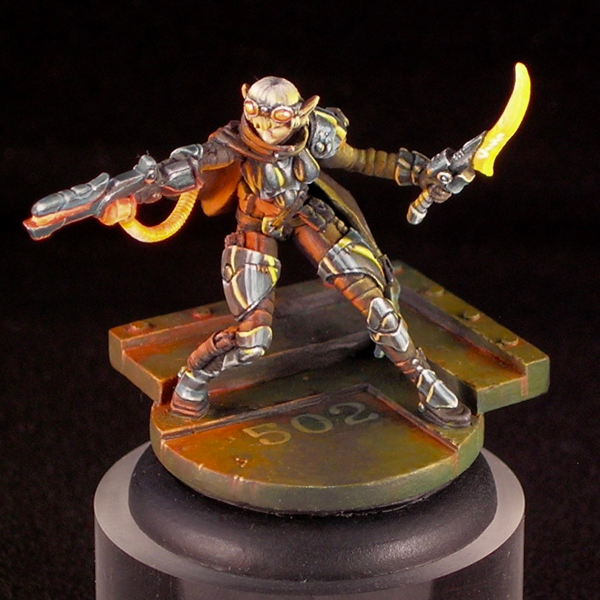


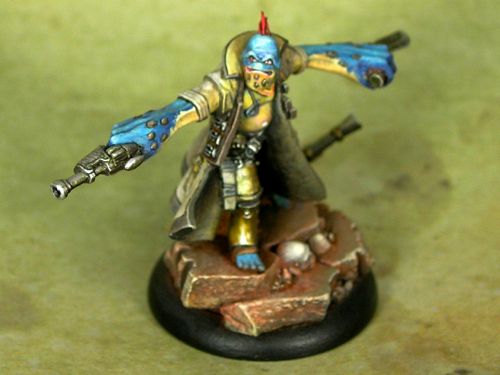
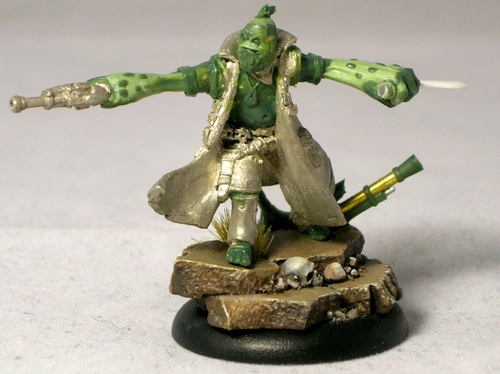
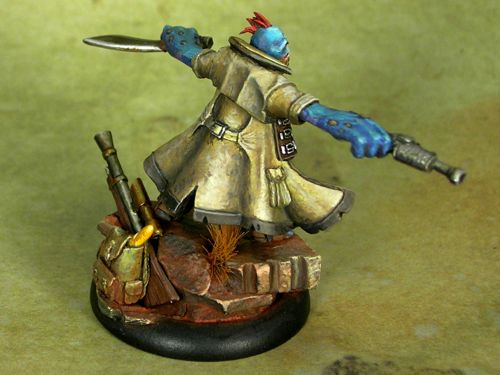
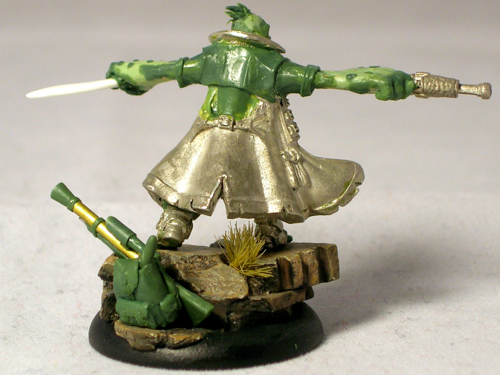
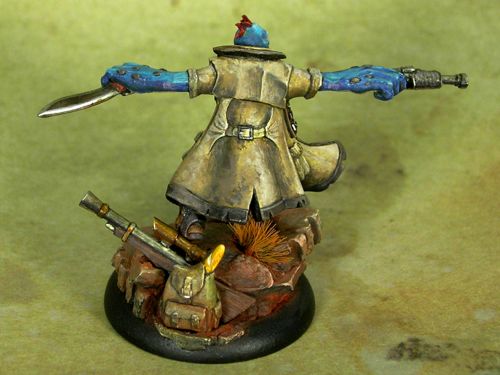
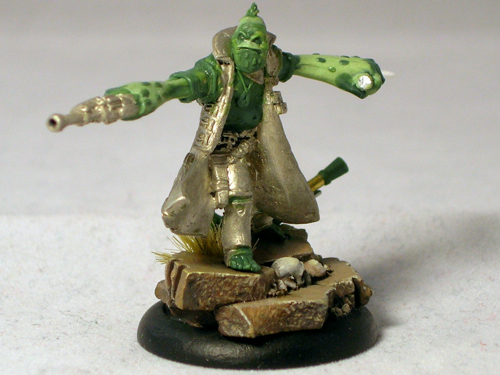

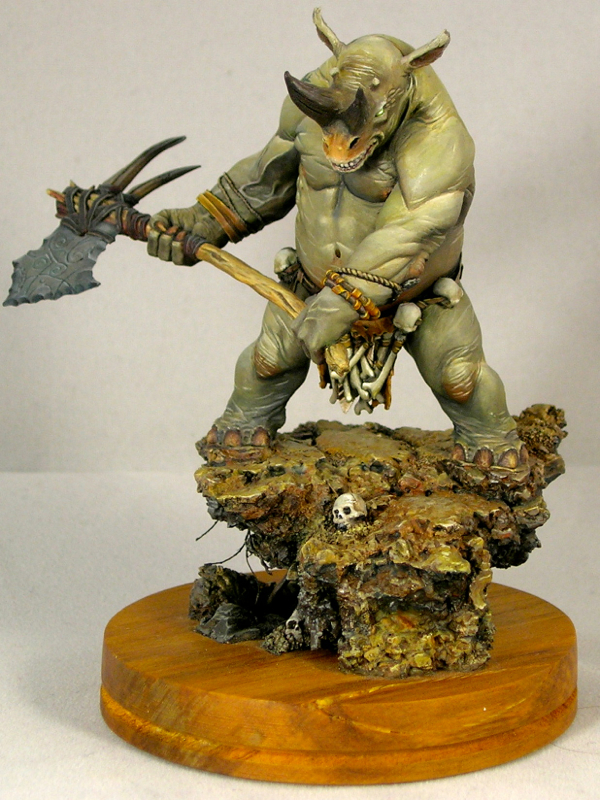
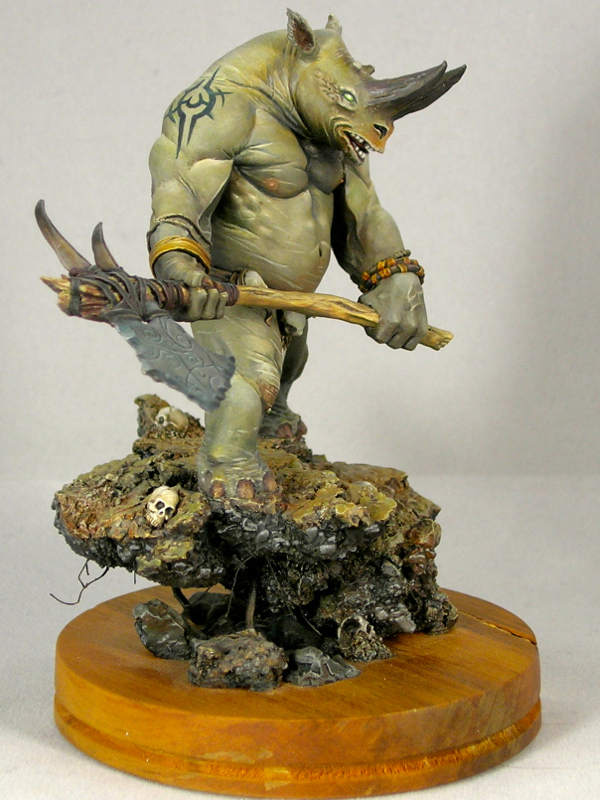
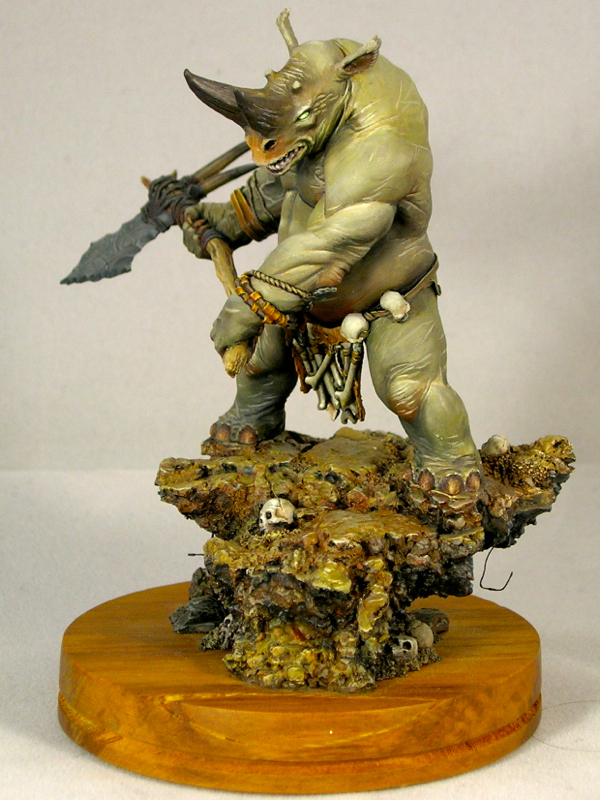
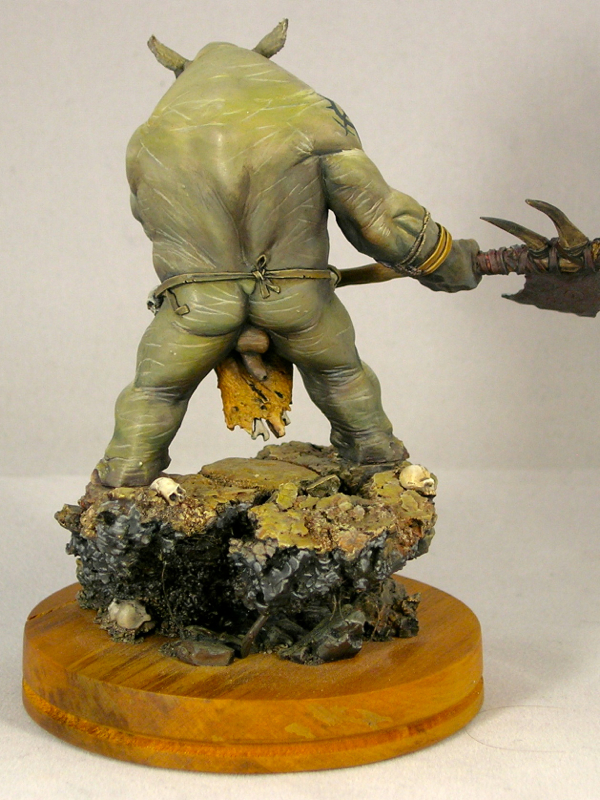
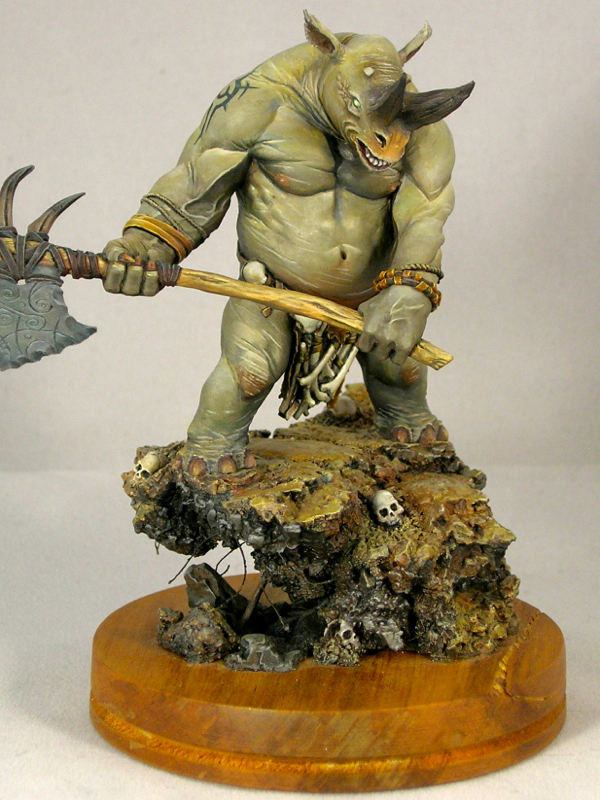












































Recent Comments